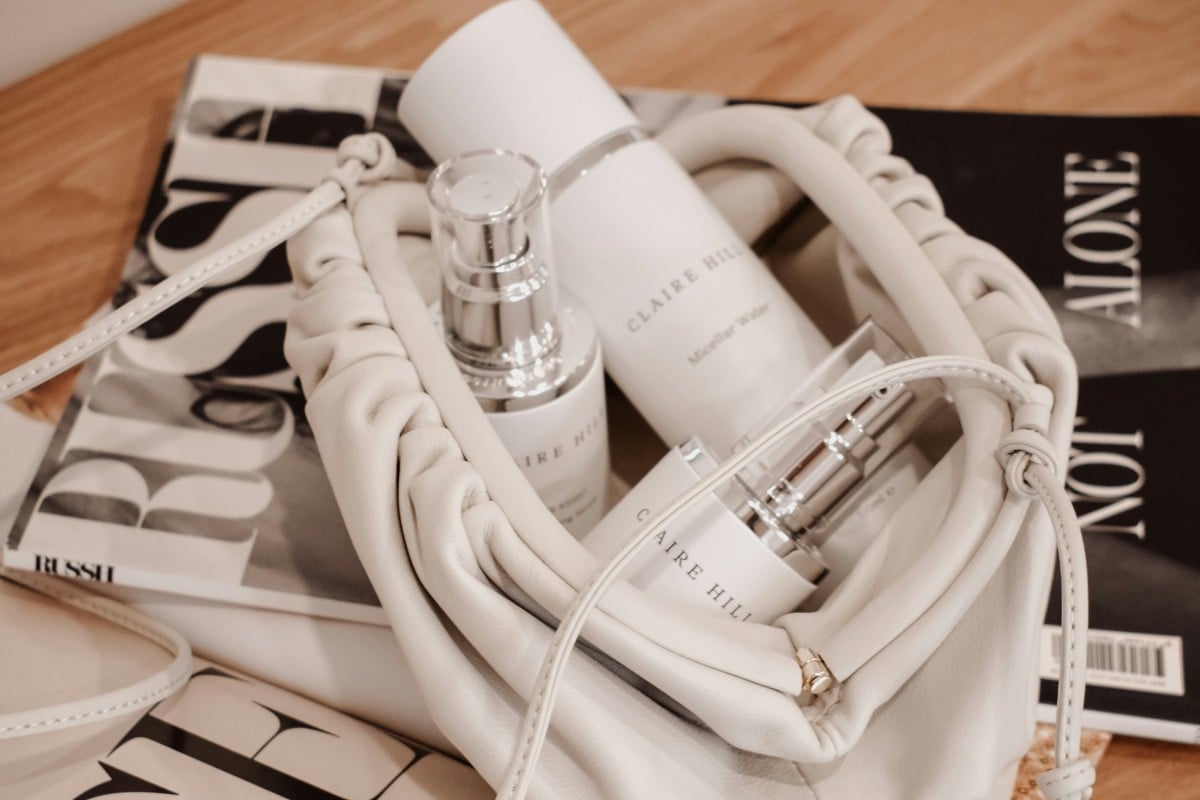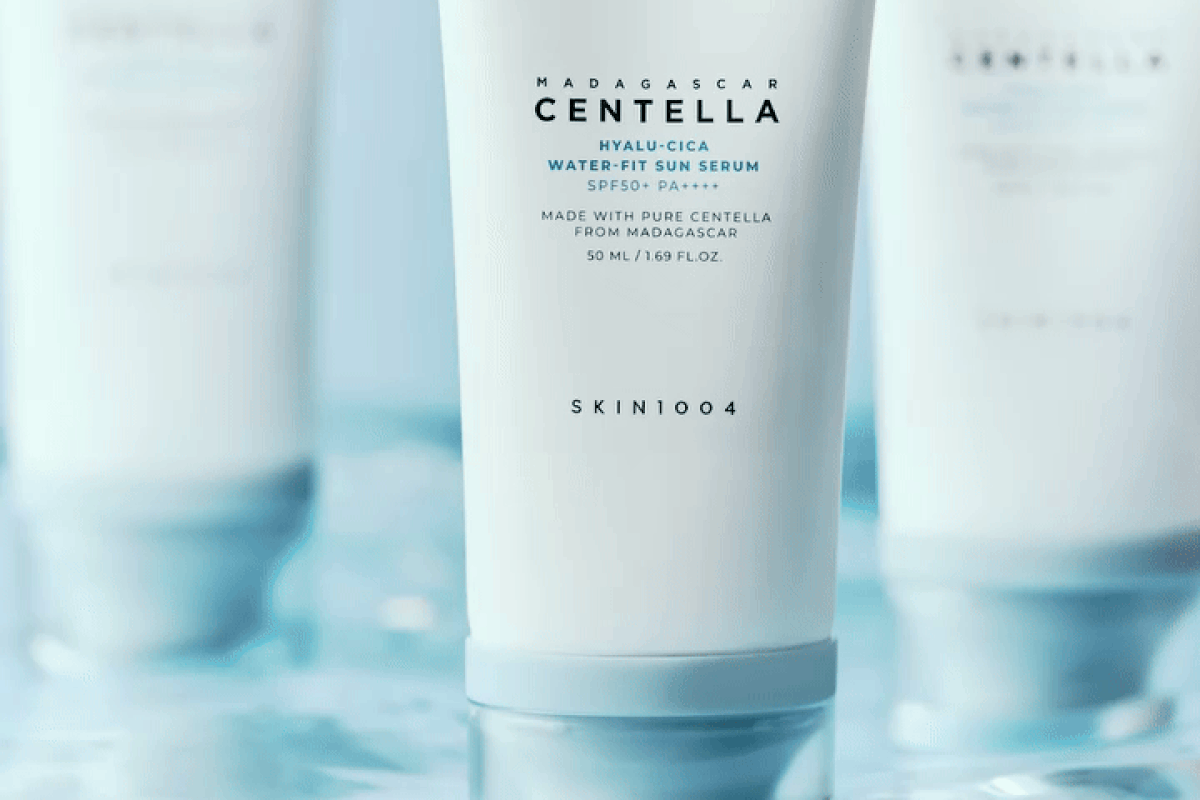Facial serums are like medicine for the skin. They have high concentrations of active ingredients that treat specific skin concerns like aging, dryness, or uneven tone. Since we often have to deal with a mix of skin issues, it’s natural to wonder if you can use more than one serum at the same time. To answer this: layering two or three different serums one after the other is common, but going beyond that might not be the best idea. This raises the question: what is the safe number of serums to use in your routine and how do you layer them to avoid skin stress?
How many serums can you use at once?
It’s no problem to use two or three serums at once, like applying one serum right after another. In fact, it’s a common skincare practice to layer several different serums at the same time, especially for those who need to treat a variety of skin concerns. However, while there’s no hard rule on how many serums you can use at once, it’s best to stick to just two or three. Using a bunch of serums at the same time can clog your pores and make it harder for your skin to absorb the serum. Also, sensitive skin can become irritated and overwhelmed by too many active ingredients.
The theory behind using several serums at once is simple: each serum treats a different skin issue, so you can take care of all your skin needs in one routine. Let’s say you have dry skin and live in a polluted city or spend lots of time in the sun. In the morning, you could use a serum with hyaluronic acid to hydrate, then one with antioxidants for protection. At night, focus on treating your skin. A retinol serum first, then a peptide serum can help reduce aging signs. If you have oily skin or acne, try a niacinamide serum followed by a salicylic acid one to clear your pores and reduce redness.
However, there’s one concern with this layering method: Each serum has a unique molecular structure and viscosity, which affects how it penetrates the skin. For instance, water-based serums are absorbed quickly, while oil-based ones take longer. When you apply two or three serums at once, you risk creating a barrier that hinders absorption. This can lead to the actives sitting on the surface of the skin rather than penetrating it, which can reduce efficacy and even clog the pores.
How to layer different serums at once
To get the most out of layering serums, start with the thinnest consistency and move to the thicker ones. This ensures that lighter serums, which usually contain water-soluble actives, are not blocked by the heavier oil-based ones. Also, give each serum some time to absorb before applying the next—a minute or two should suffice.
In terms of the number, sticking to two or three serums is sensible. This not only minimizes the risk of adverse reactions but also allows you to monitor your skin’s response to each product better. Remember, skincare is about quality, not quantity. The goal is to nourish and treat your skin, not overwhelm it. Lastly, listen to your skin. If you notice discomfort, redness, or breakouts, reassess your use of serums. It might be a sign that you need to scale back or switch the products you’re using.
Is it safe to mix two serums together?
Layering means applying one serum, waiting for about a minute, and then applying the next one. This method is generally safe and effective. However, mixing serums—that is, taking different serums and combining them in your palms before applying—can be risky. Why? Because when you mix serums, you might trigger chemical reactions that can either hurt your skin or neutralize an active ingredient. So, it’s best to play it safe and stick with layering serums one by one rather than mixing them together.
Serum combinations
Dry skin
- Morning: Hyaluronic Acid + Vitamin C
- Evening: Retinol + Hyaluronic Acid
Oily skin
- Morning: Hyaluronic Acid + Niacinamide
- Evening: Salicylic Acid + Ceramide
Sensitive skin
- Morning: Centella Asiatica + Hyaluronic Acid
- Evening: Retinol + Ceramide
Aging skin
- Morning: Vitamin C + Hyaluronic Acid
- Evening: Retinol + Niacinamide
Acne-prone skin
- Morning: Salicylic Acid + Hyaluronic Acid
- Evening: Retinol + Niacinamide
Dull skin
- Morning: Vitamin C + Hyaluronic Acid
- Evening: Glycolic Acid + Hyaluronic Acid
Hyperpigmentation
- Morning: Hyaluronic Acid + Vitamin C
- Evening: Kojic Acid + Glycolic Acid
Textured skin
- Morning: Niacinamide + Hyaluronic Acid
- Evening: Glycolic Acid + Peptide
Moreover, there are some serum combinations that might not be in your skin’s best interest. A common mistake is layering two serums that do the same job. This can lead to product waste without added benefits. Also, avoid using two serums that exfoliate at the same time. For instance, using a glycolic acid serum right after a retinol serum can be too harsh. This could lead to skin sensitivity, dryness, or even damage. Instead, it’s wiser to alternate their use—retinol one night and glycolic acid the next.
- Can I mix serums together before applying?
Instead of mixing serums together, it’s generally recommended to apply serums one minute apart to ensure that each is fully absorbed and effective.
- How long to wait between applying serums?
Wait about a minute before applying the next serum.
- How do I know if I’m using too many serums?
Signs of overuse include skin irritation, product peeling, breakouts, or a feeling of heaviness on the skin. Listen to your skin’s response.





